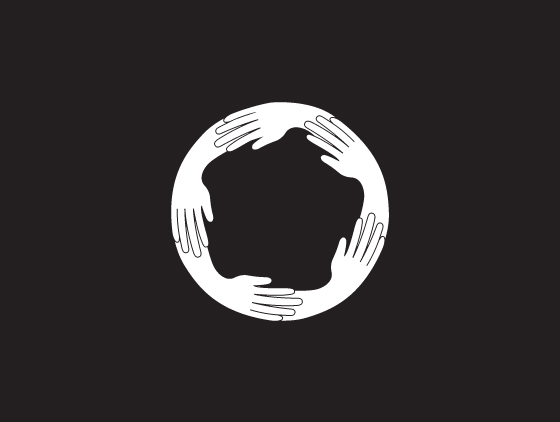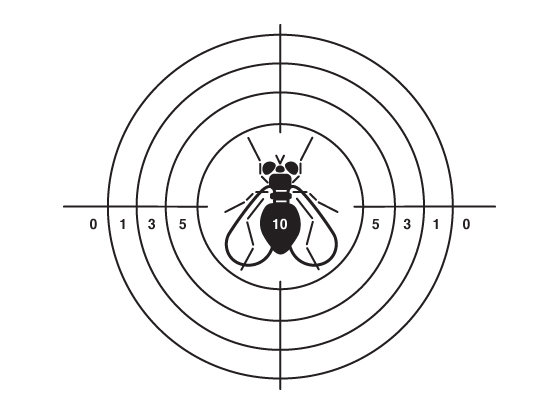The headline translates to ‘Give with one hand, take with the other’. Right from the time we were 2 years old we’ve been taught how important it is to give and share our toys with others. But little do we realize that we can benefit immensely if we use this philosophy by design, to affect persuasion in our daily lives or even in business.
Here’s an interesting experiment conducted by psychologist Dravid Strohmetz that illustrates how spontaneous favors can elicit the need to reciprocate. In the experiment, waiters of a restaurant handed over bills to their customers, with or without sweets. In the first situation, diners were given their bills without any sweets at all. Then a second group was given one sweet. This simple gesture of kindness resulted an increase in tip of a mere 3%. The third group of diners received two sweets each; and compared to the first group, they gave 14% larger tips. Not bad. However, here comes the clever bit. For the fourth group, the waiter was asked to present the bill to the customers along with one sweet each, then, just as he was about to turn away from the table, he reached into his pocket and quickly handed everyone a second sweet. In terms of sweets per customer, everyone ended up with two sweets – the same as the customers in the third group. But psychologically this was very different. The waiter had just carried out an unnecessary and nice favor, and because of that, tipping increased by 23% as a result of the need of reciprocating the favor.
Simply put, we like people who help us, and we help people we like. So if you want help, try helping others first.

